United for 150 years
Former president of the United Synagogue Elkan D Levy reflects on the growth of Europe’s largest synagogue body as it celebrates a landmark
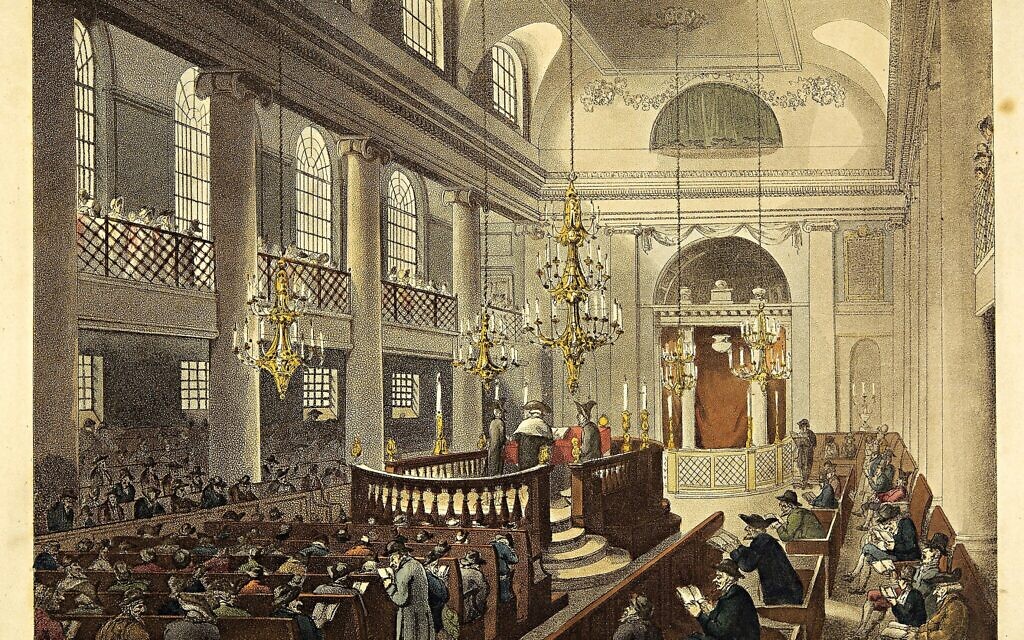
The United Synagogue was formed in 1870 by the union of three major Ashkenazi synagogues in the City of London (The Great, The Hambro’ and The New), and two branch synagogues (the Central and Bayswater).
The vision of Lionel Louis Cohen and Chief Rabbi Nathan Marcus Adler was to unify and strengthen London Jewry. The Jewish United Synagogues Act of 1870 was the result.
The United Synagogue is still the only Jewish religious body established by an act of secular legislature.
Get The Jewish News Daily Edition by email and never miss our top stories Free Sign Up
The organisation grew rapidly, and expanded to the suburbs as the community moved.
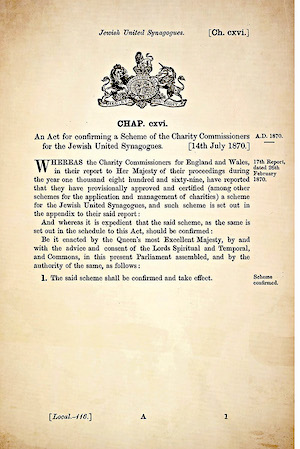
The appointment of Rabbi J H Hertz as Chief Rabbi in 1913, and the outbreak of the First World War, produced both support and opposition for the emerging Zionist movement.
Chaplaincy for the Armed Forces largely came from the ministers of the United Synagogue.
The development of suburbia in the interwar period led to the growth of many important communities, and membership of the United Synagogue was perceived as a step in the acculturation of those whose parents and grandparents had been part of the great immigration from Russia.
The Second World War brought renewed problems. Evacuation from London produced small wartime communities.
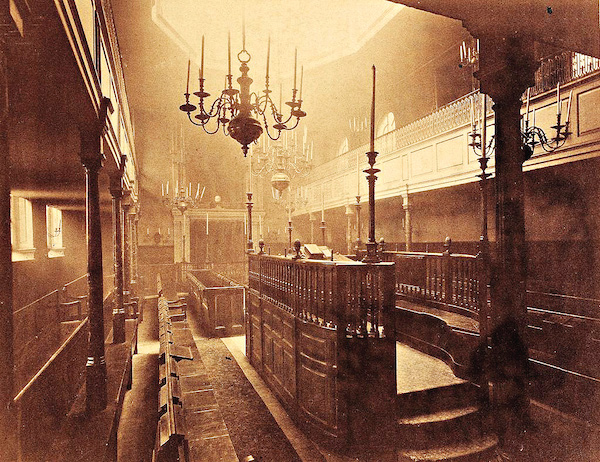
Many ministers served as chaplains and their place was taken temporarily by those who had escaped from Europe.
In rapid post-war expansion, 40 new congregations joined the United Synagogue in the 25 years from 1945.
When J H Hertz died in 1946 he was succeeded by Rabbi Israel Brodie, only the second Chief Rabbi to have been born in England. Educated at Oxford, Brodie had served a community in Melbourne Australia, acted as a chaplain in both world wars, been taken off the beaches of Dunkirk, and concluded the war as a Lt Colonel and the Senior Jewish Chaplain. He was succeeded in due course by Rabbi Immanuel Jakobovits and then Rabbi Jonathan Sacks, who have turned the Chief Rabbinate into one of the great offices of state.
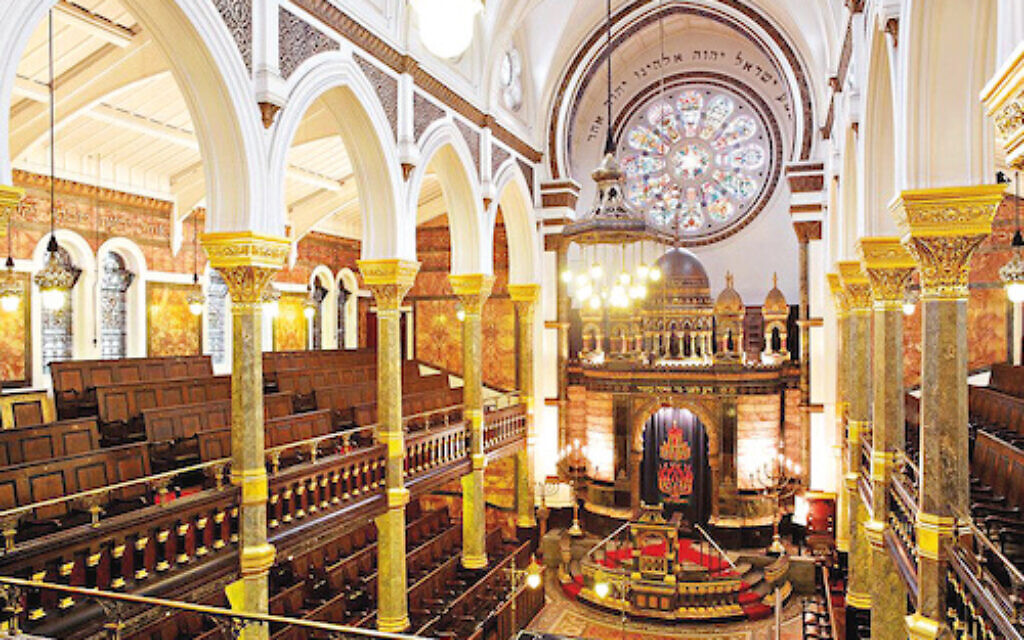
Today the United Synagogue remains one of the most influential religious bodies. Its structure has enabled new congregations to grow and old ones to downsize gently with their assets used to support other communities.
The Chief Rabbinate, today headed by Ephraim Mirvis, developed from the rabbinate of the Great Synagogue has proved a unifying force, restraining internal argument and break up. The London Beth Din and its attendant Kashrut division has an international reach.
The Burial Society has established standards of dignity and care. The Singer’s prayer book settled customs of prayer and the dignity of tefillot (services).
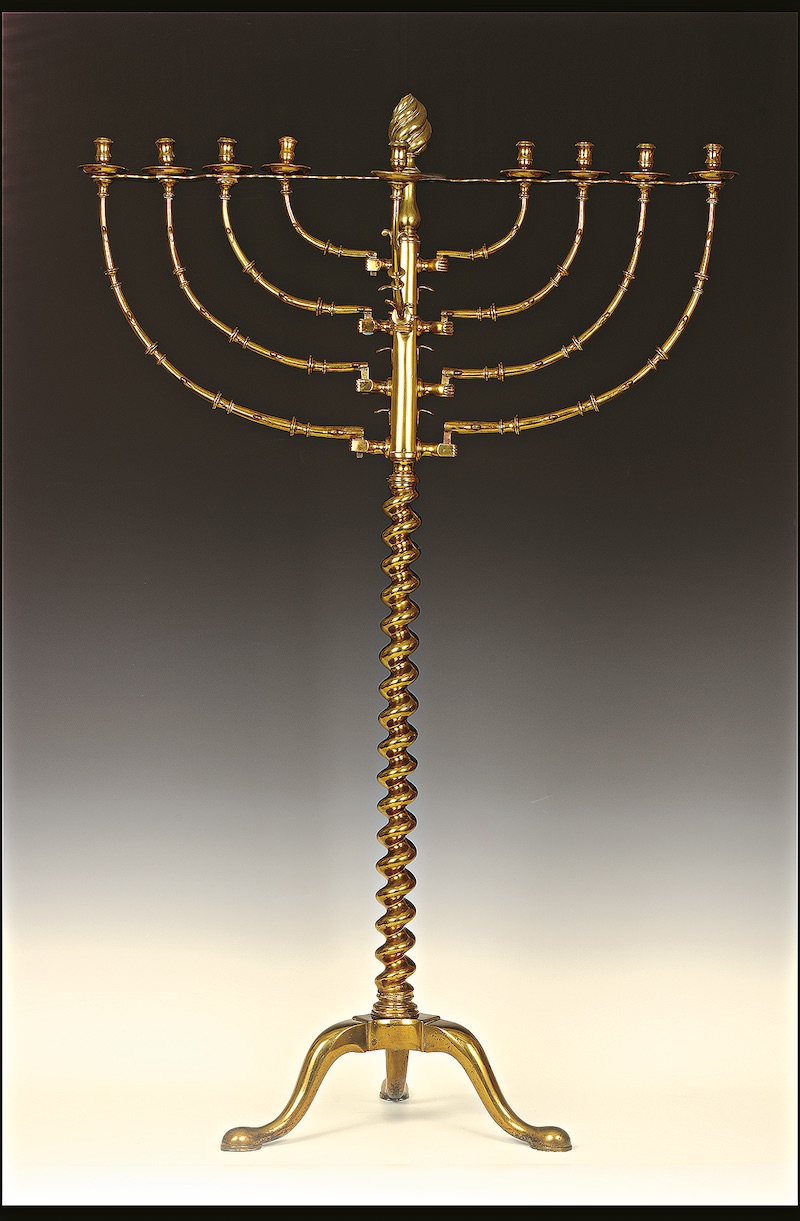
The United Synagogue’s anniversary has, of course, been overshadowed by the coronavirus pandemic which has struck the Jewish community hard.
The importance of a body like the United Synagogue was underscored as the organisation stepped up a gear to support its members. Rabbis, rebbetzens and an army of volunteers arranged pastoral visits over the phone and dropped off medicines and food.
The United Synagogue quickly reimagined itself as a broadcaster, pumping out hour after hour of educational and religious programming and live entertainment.
The United Synagogue Burial Society worked round the clock — and even, as is halachically allowed but unusual, on the second and eighth days of Pesach — to ensure that even at the peak of the crisis, funerals took place promptly and safely, with care and compassion.
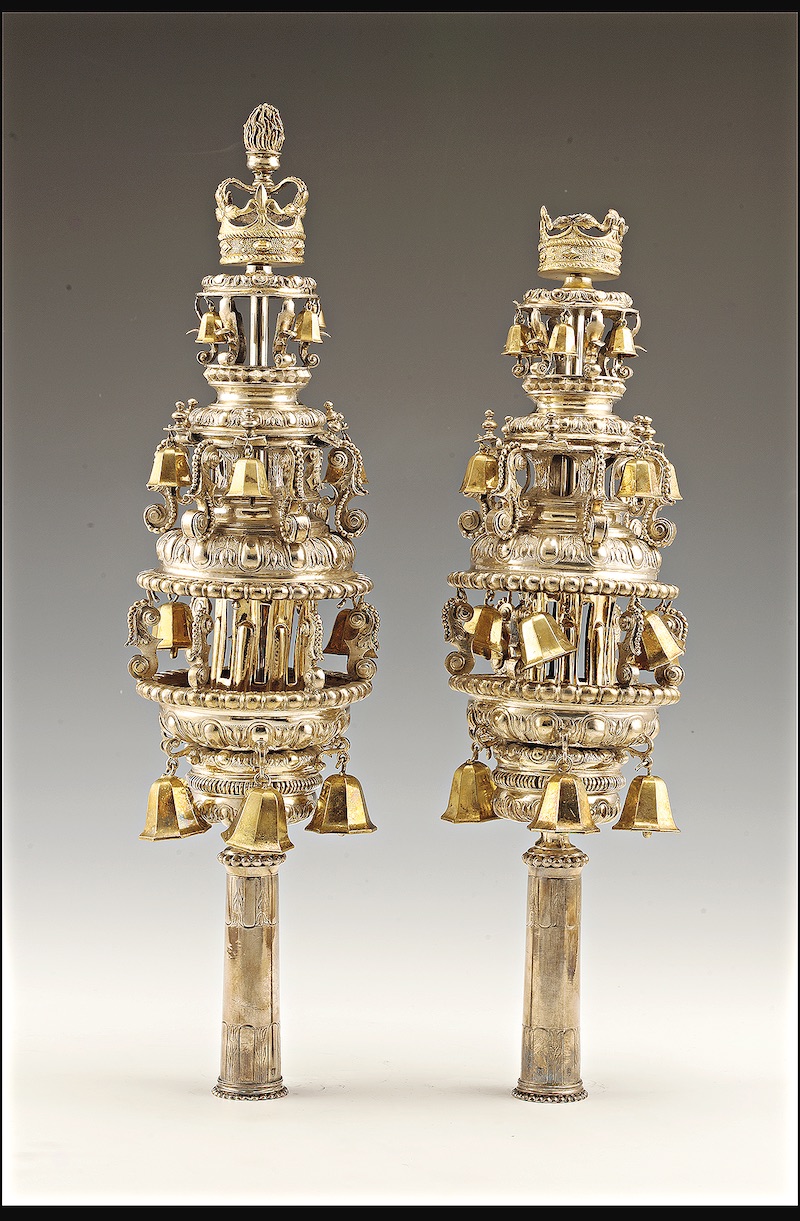
As the United Synagogue approaches its 150th anniversary, we have so much to be proud of: vibrant communities led by dynamic rabbinic teams and lay leaders, Tribe and Young United Synagogue providing high-quality young people’s programmes, support for our Jewish schools, high-quality educational publications and hundreds of volunteers supporting vulnerable members and beyond. It is the people both behind the scenes and in the public eye who have created a vigorous and innovative force raising the standards of Judaism for its members and for the whole community to help ensure the United Synagogue continues to be at the forefront of British Jewish life.
- Elkan D Levy was president of the United Synagogue from 1996 to 1999

Thank you for helping to make Jewish News the leading source of news and opinion for the UK Jewish community. Today we're asking for your invaluable help to continue putting our community first in everything we do.
For as little as £5 a month you can help sustain the vital work we do in celebrating and standing up for Jewish life in Britain.
Jewish News holds our community together and keeps us connected. Like a synagogue, it’s where people turn to feel part of something bigger. It also proudly shows the rest of Britain the vibrancy and rich culture of modern Jewish life.
You can make a quick and easy one-off or monthly contribution of £5, £10, £20 or any other sum you’re comfortable with.
100% of your donation will help us continue celebrating our community, in all its dynamic diversity...
Engaging
Being a community platform means so much more than producing a newspaper and website. One of our proudest roles is media partnering with our invaluable charities to amplify the outstanding work they do to help us all.
Celebrating
There’s no shortage of oys in the world but Jewish News takes every opportunity to celebrate the joys too, through projects like Night of Heroes, 40 Under 40 and other compelling countdowns that make the community kvell with pride.
Pioneering
In the first collaboration between media outlets from different faiths, Jewish News worked with British Muslim TV and Church Times to produce a list of young activists leading the way on interfaith understanding.
Campaigning
Royal Mail issued a stamp honouring Holocaust hero Sir Nicholas Winton after a Jewish News campaign attracted more than 100,000 backers. Jewish Newsalso produces special editions of the paper highlighting pressing issues including mental health and Holocaust remembrance.
Easy access
In an age when news is readily accessible, Jewish News provides high-quality content free online and offline, removing any financial barriers to connecting people.
Voice of our community to wider society
The Jewish News team regularly appears on TV, radio and on the pages of the national press to comment on stories about the Jewish community. Easy access to the paper on the streets of London also means Jewish News provides an invaluable window into the community for the country at large.
We hope you agree all this is worth preserving.
-
By Laurent Vaughan - Senior Associate (Bishop & Sewell Solicitors)
-
By Laurent Vaughan - Senior Associate (Bishop & Sewell Solicitors)
-
By Laurent Vaughan - Senior Associate (Bishop & Sewell Solicitors)
-
By Laurent Vaughan - Senior Associate (Bishop & Sewell Solicitors)





















